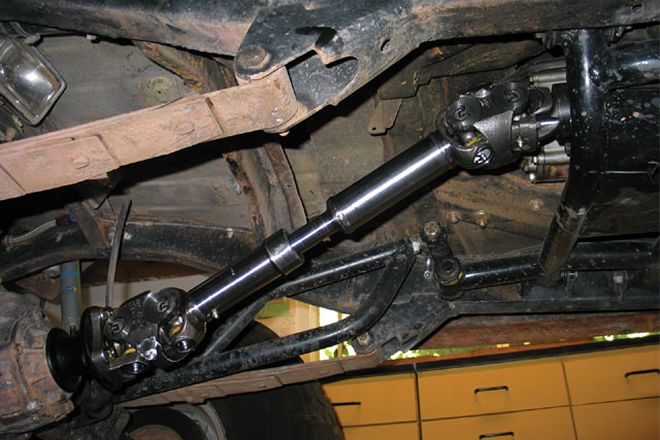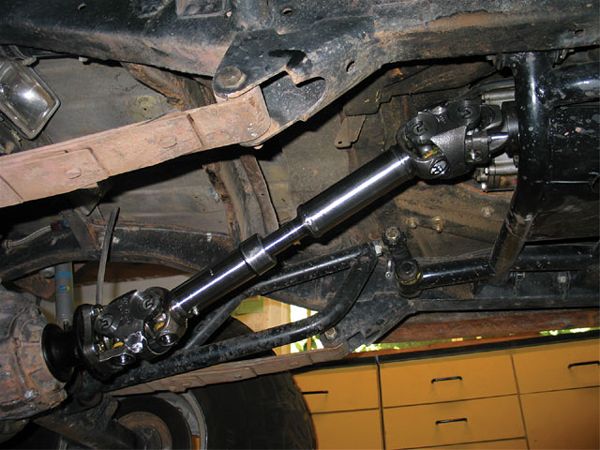
 Christian Hazel
Brand Manager, Four Wheeler
Christian Hazel
Brand Manager, Four Wheeler

Usually we try to come up with some kind of entertaining opening paragraph to our story that relates in some way or another to the subject matter. However, as these words are being typed, the HVAC system in the building is making our offices the same temperature as Johnson Valley in the summertime, the coffee is especially stale and Human Resources just placed a new loudmouth ad vermin in a cubicle right outside our offices. So, as we sit sweating, blurry-eyed and listening to this guy's endless and way too personal phone calls, here's some driveshaft info and technology that should prove useful.
Wacky Angles
If you've got a severe compound angle, then you'll probably need to step up to a multiple-double-cardan driveshaft, such as this beautiful example from Tom Wood's Custom Drive Shafts. A standard double-cardan driveshaft can compensate for angles on only one plane. In the case of virtually every vehicle, this means up and down. However, if your output shaft and pinion aren't in line with each other, the resulting offset will cause severe driveshaft vibration even if your U-joints are in phase vertically.
In the case of our flattie, we had an offset Spicer 18 T-case with a coarse 10-spline output shaft and low-pinion Ford 9-inch rear with a nearly centered pinion location. Our rear driveshaft vibrated so badly at speeds over 40 mph that it felt like the world was coming to an end. The double-cardan driveshaft cured our vibration issues, allowing us to finally drive the Jeep on the highway.
Just Yoking
For most of the Jeep crowd, the major U-joint types are going to be 1310-, 1330- and 1350-series, and for the Rubicon guys, the Saginaw. A Saginaw joint has about the same cross size as a 1330 and roughly the same cap size as a 1350, but it's more comparable to a 1310 in strength.











